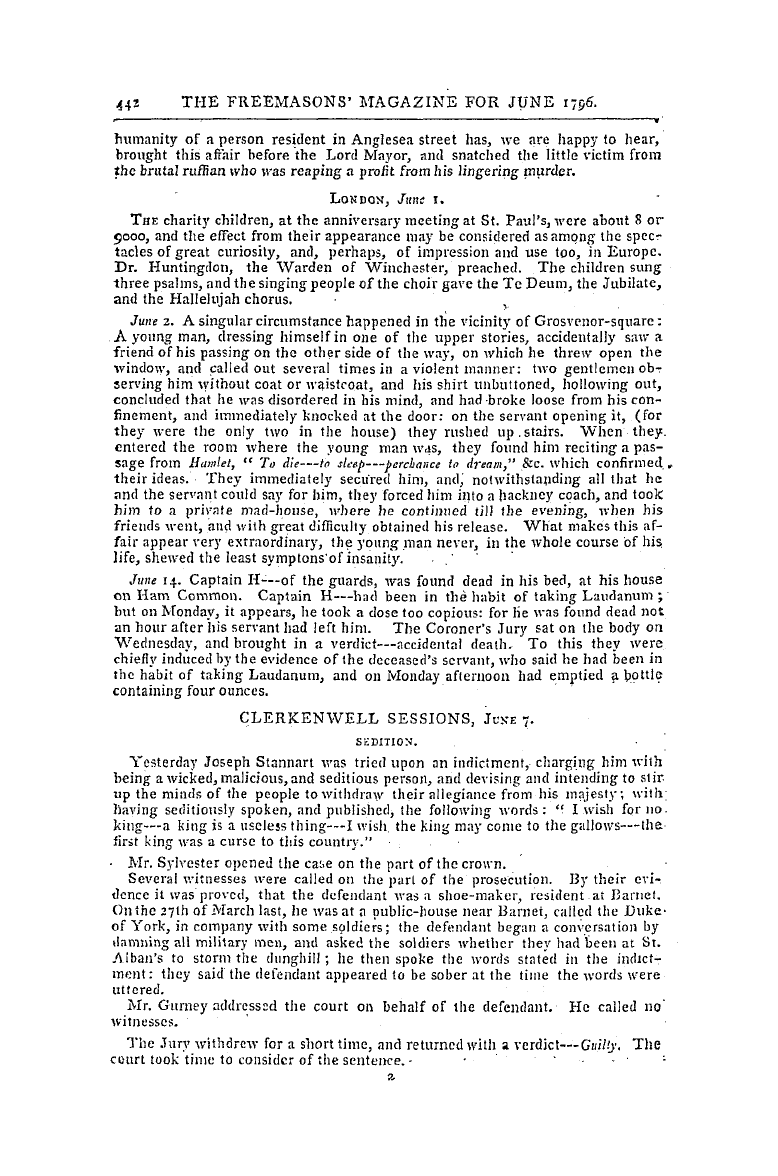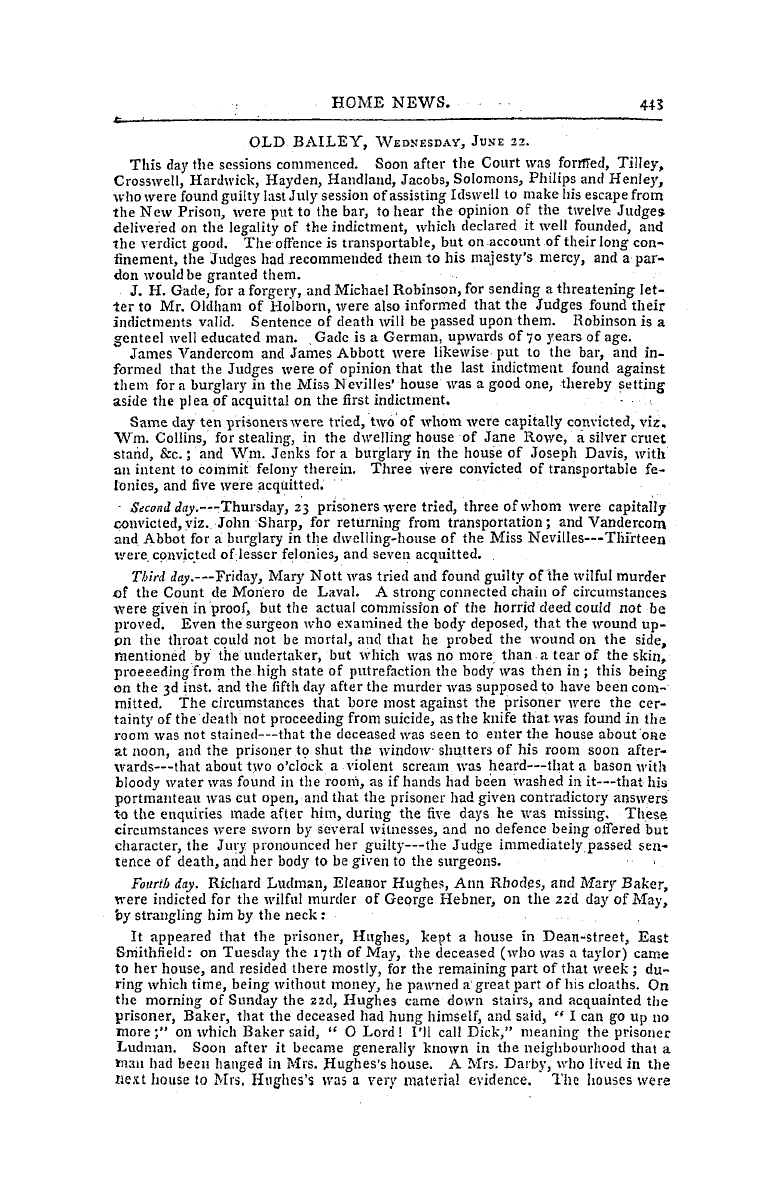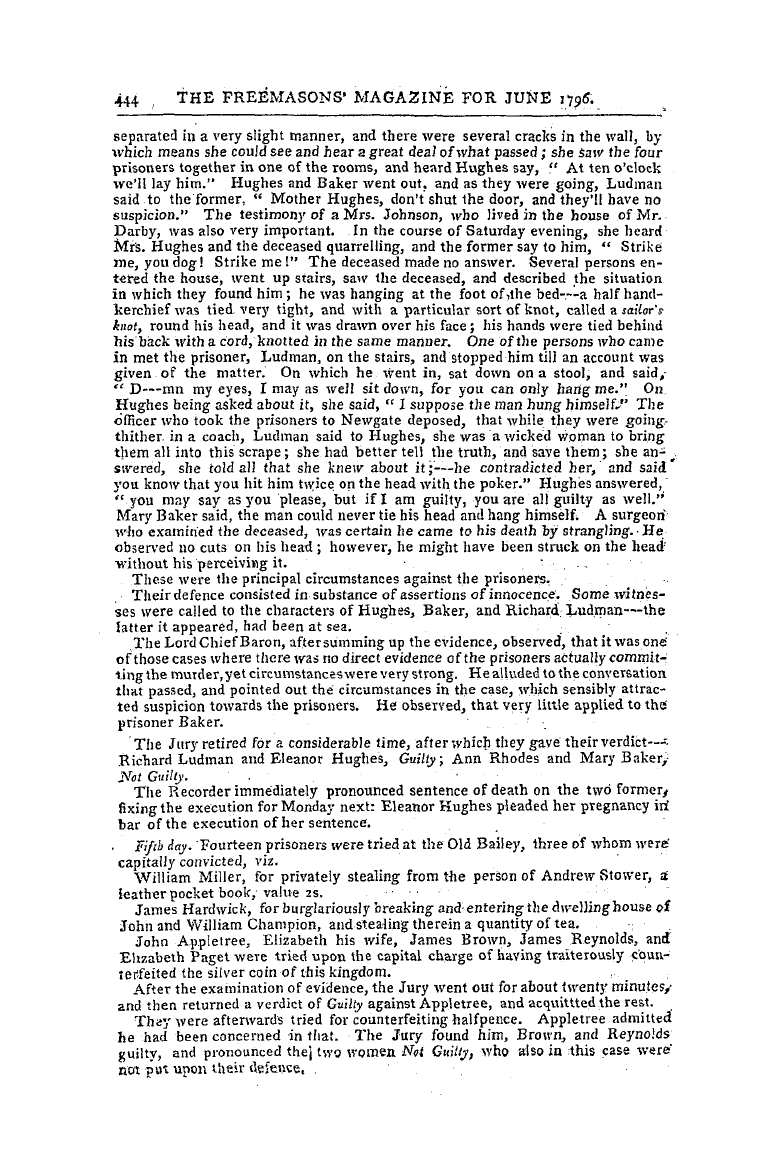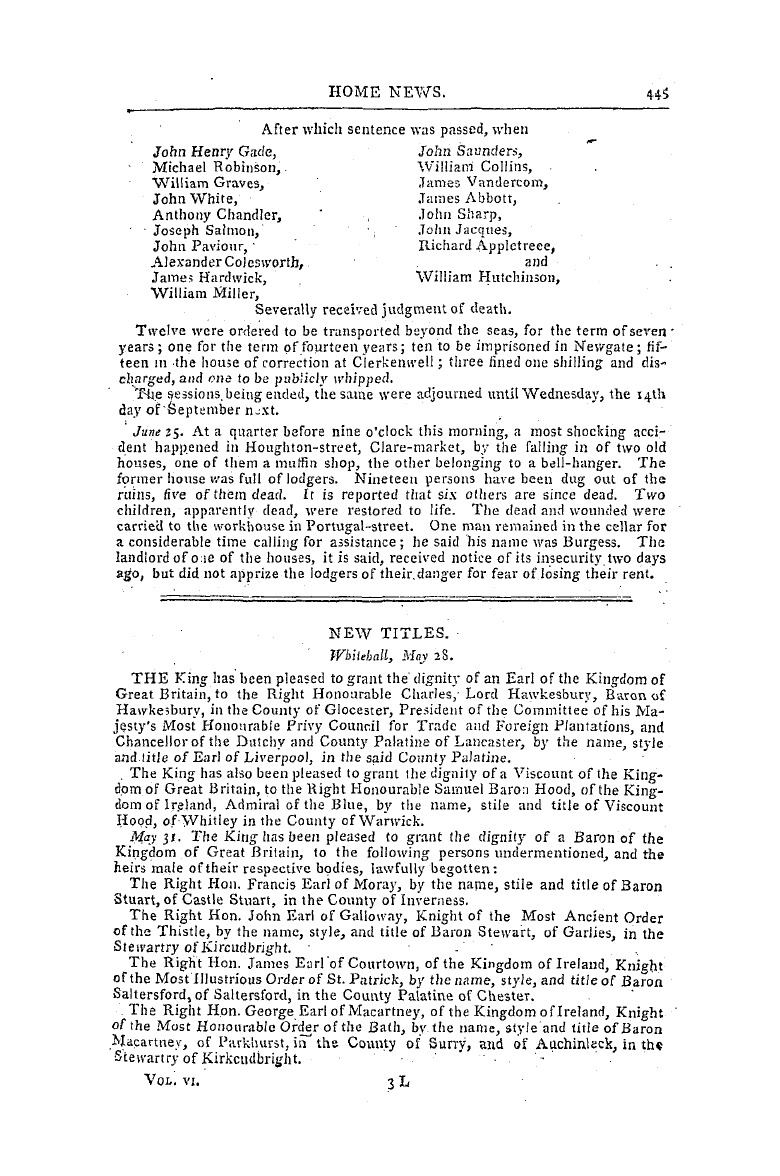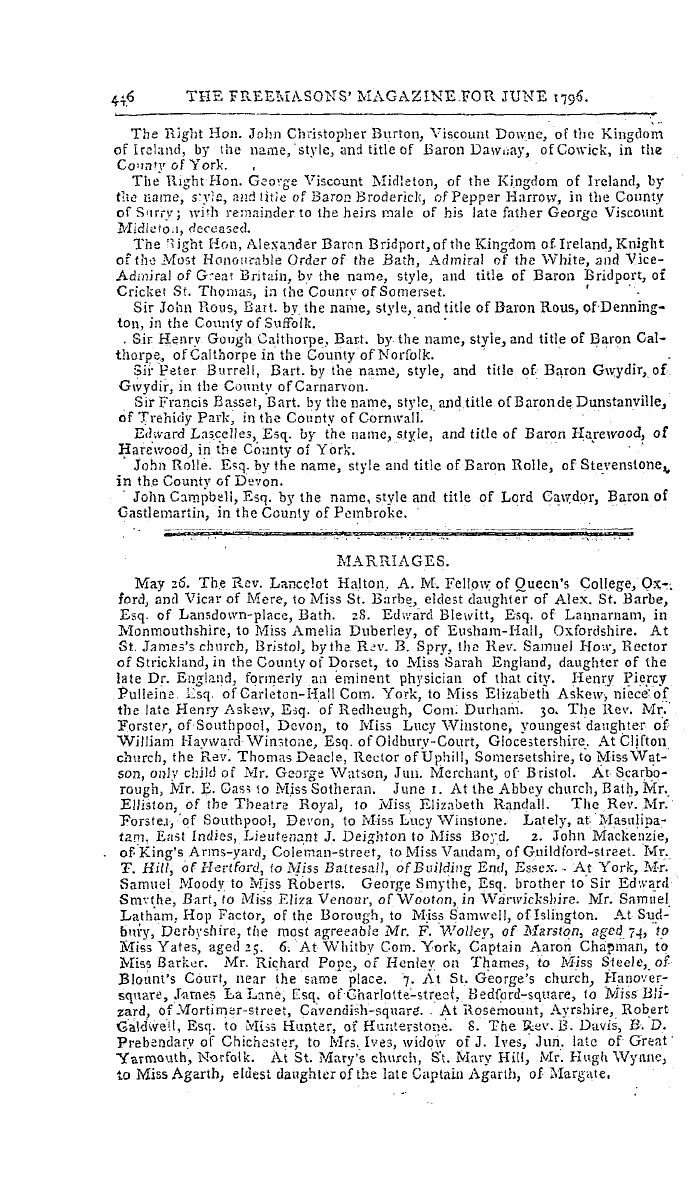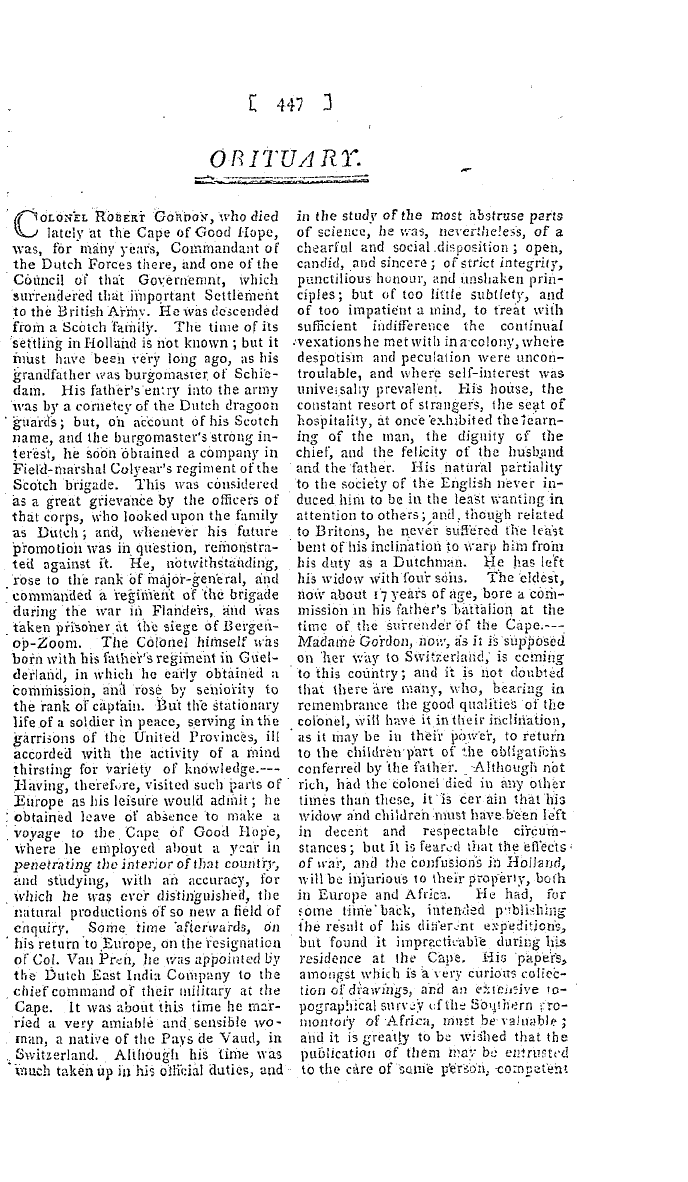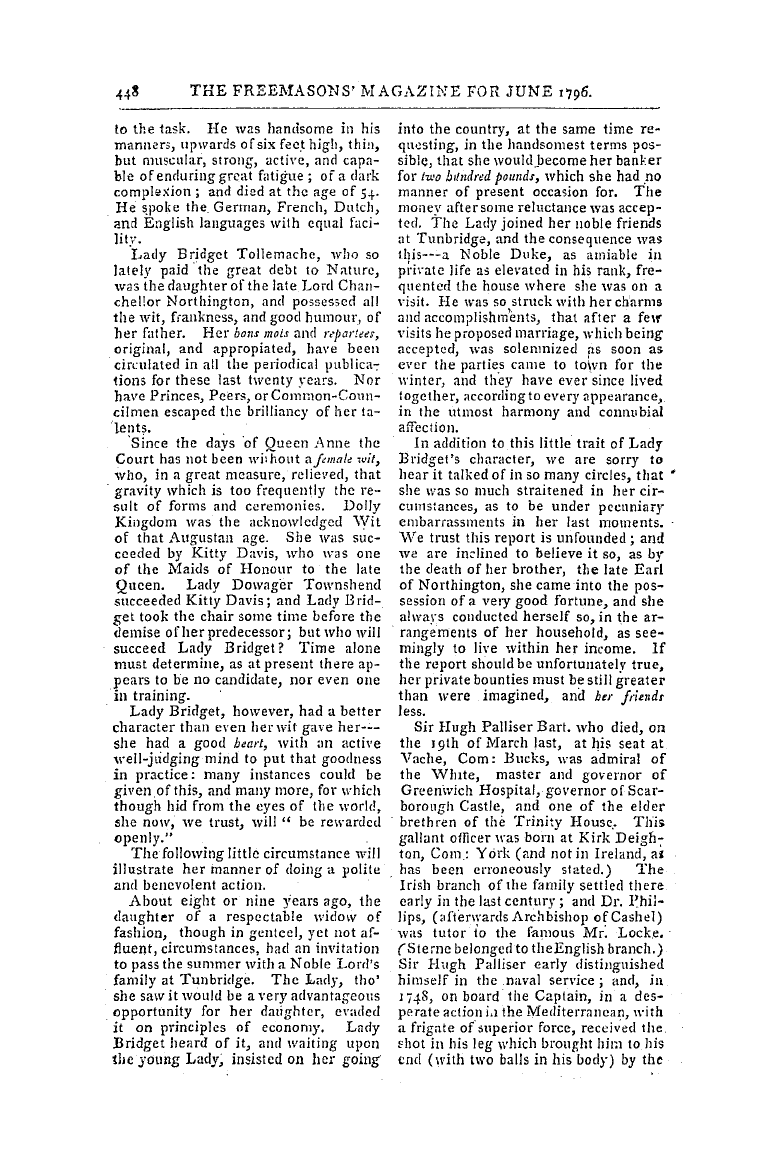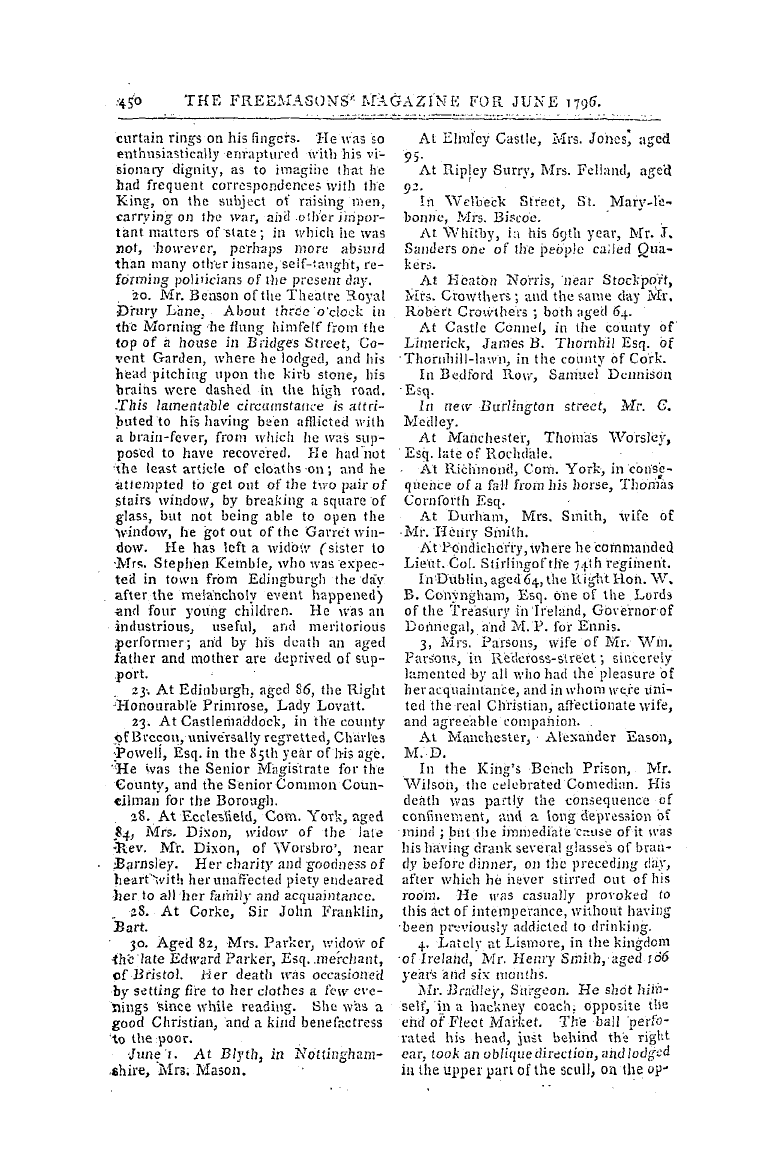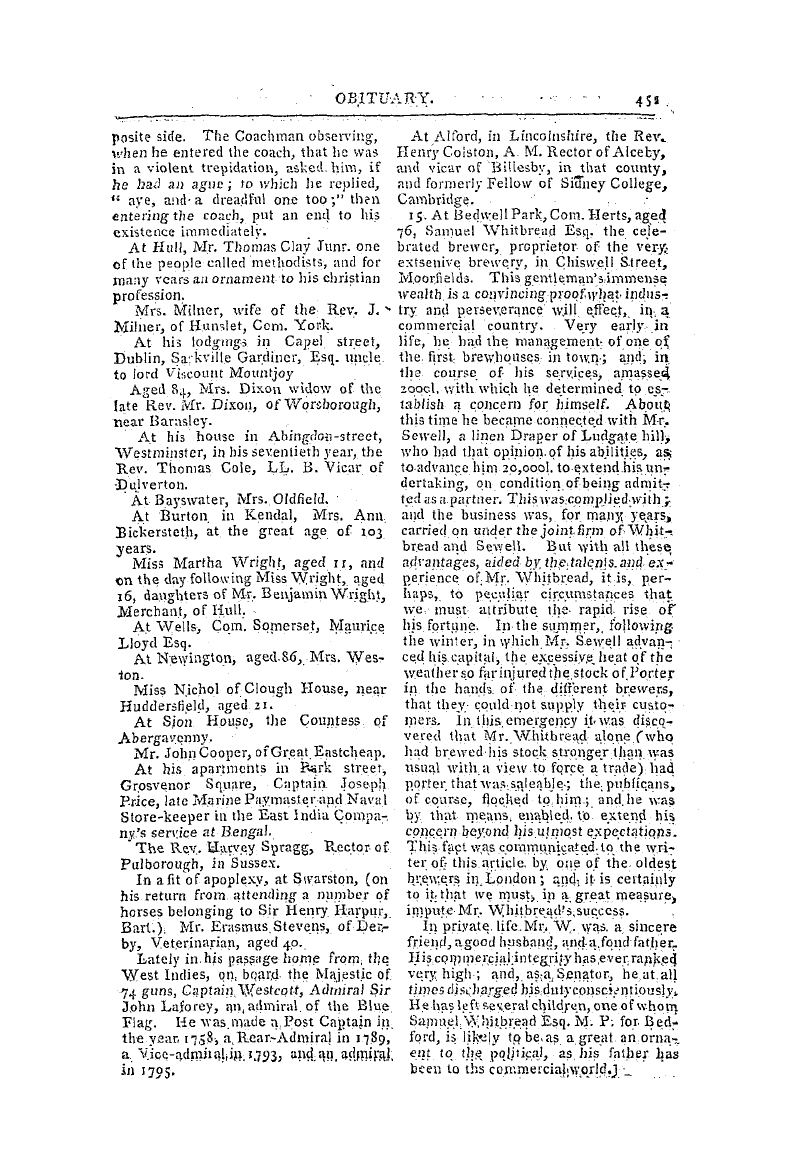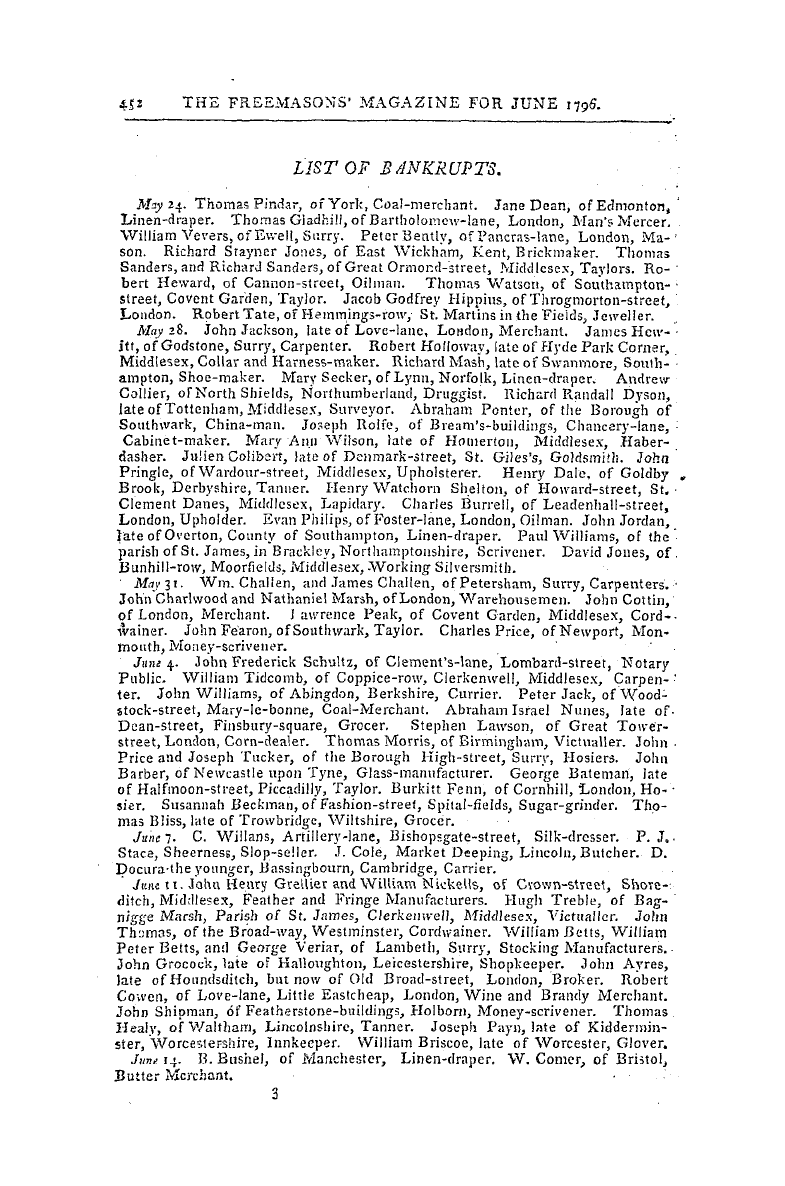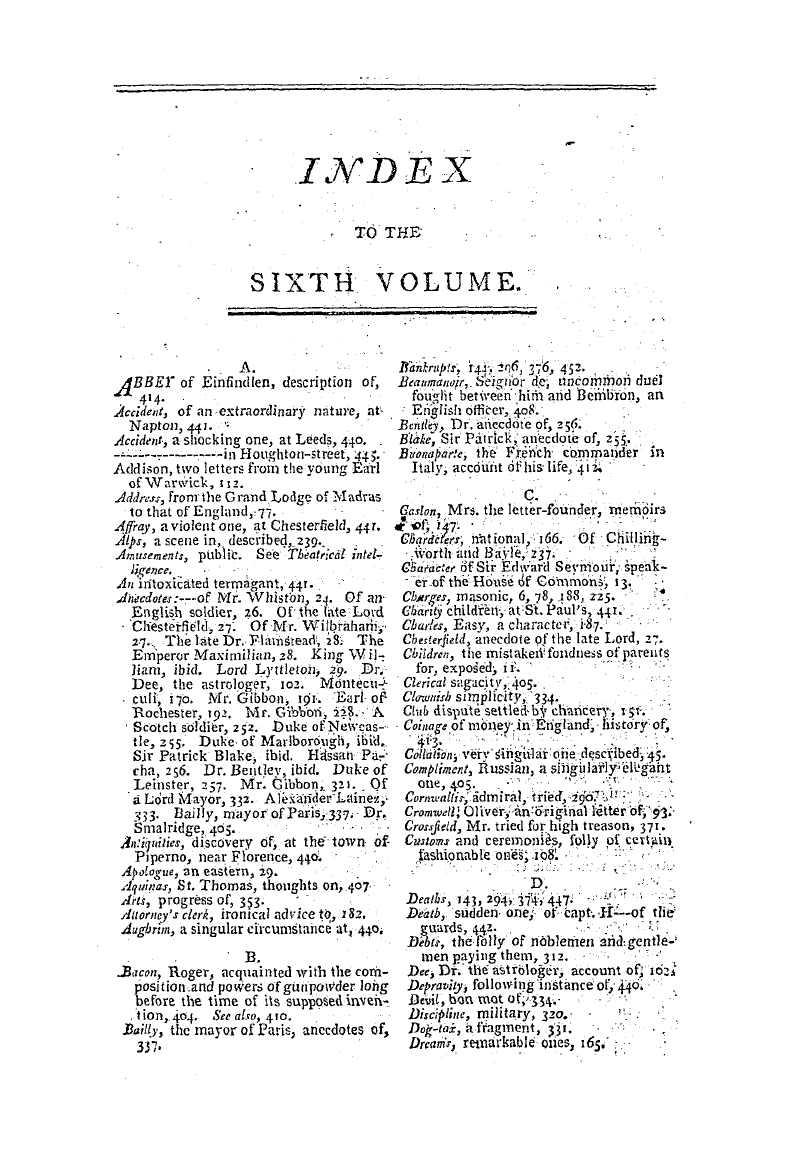Note: This text has been automatically extracted via Optical Character Recognition (OCR) software.
Sketches Of The Manners And Customs Of The North-American Indians.
the sinews of the rabbits legs and feet ; these she twisted together for that purpose with great dexterity and success . The rabbits , & c . which she caught in those snares , not only furnished her with a comfortable subsistence , but of the skins she made a suit of neat and warm clothing for the Winter . It is scarcely possible to conceive that a person in her forlorn situation could be so composed as to be
capable of contriving or executing any thing that was not absolutely necessaiy to her existence ; but there were sufficient proofs that she had extended her care much farther , as all her clothing , beside being calculated for real service , shewed great taste , and exhibited no little variety of ornament . The materials , though rude , were very curiously wrought and so judiciously placedas to make the whole of her
, garb have a very pleasing , though rather romantic appearance . ' ' Her leisure hours from hunting had been employed in twisting the inner rind or bark of willows into small lines , like net-twine of which she had some hundred fathoms by her ; with this she intended to make a fishing-net as soon as the Spring advanced . It is of the inner bark of willows , twisted in this manner , that the Dog-ribbed Indians
make their fishing-nets ; and they are much preferable to-those made by the Northern Indians . " Five or six inches of an iron hoop , made into a knife , and the shank of an arrow-head of iron , which served her as an awl , were all the metals this poor woman had with her when she eloped ; and with these implements she had made herself complete snow-shoes and
se-, veral other useful articles . " Her method of making a fire was equally singular and curious haying no other materials for that purpose , than two hard sulphurous stones . These , by long friction and hard knocking , produced a few sparks , which at length communicated to some touchwood ; but as thismethod was attended with great troubleand not always with success
, she did not suffer her fire to go out all the Winter . Hence we may conclude that she had no idea of producing fire by friction , in the manner practised by the Esquimaux , and many other uncivilized nations ; because if she had , the above-mentioned precaution would have been unnecessary . "
We hope we shall not offend the delicate part of our readers by Mr . Hearne ' s account of a singular dish he met with among his Indian friends . The luxurious taste of a City Alderman mi ght not much admire it ; but it is certain , that the Indians hold it in very hio-h estimation . " The most remarkable dish among them , as well as all the other tribes of Indians in those
parts , both Northern and Southern , is blood mixed with the half-digested food which is found in the deer ' s , stomach or paunch , and boiled tip with a sufficient quantity of water , to make it of the consistence of pease-pottage . Some fat and scraps of tender flesh are also shred small , and boiled with it . To render this dish more palatable , they have a method of mixing the blood with the contents of the stomach in the paunch itself , and hanging it up in the heat and-
Note: This text has been automatically extracted via Optical Character Recognition (OCR) software.
Sketches Of The Manners And Customs Of The North-American Indians.
the sinews of the rabbits legs and feet ; these she twisted together for that purpose with great dexterity and success . The rabbits , & c . which she caught in those snares , not only furnished her with a comfortable subsistence , but of the skins she made a suit of neat and warm clothing for the Winter . It is scarcely possible to conceive that a person in her forlorn situation could be so composed as to be
capable of contriving or executing any thing that was not absolutely necessaiy to her existence ; but there were sufficient proofs that she had extended her care much farther , as all her clothing , beside being calculated for real service , shewed great taste , and exhibited no little variety of ornament . The materials , though rude , were very curiously wrought and so judiciously placedas to make the whole of her
, garb have a very pleasing , though rather romantic appearance . ' ' Her leisure hours from hunting had been employed in twisting the inner rind or bark of willows into small lines , like net-twine of which she had some hundred fathoms by her ; with this she intended to make a fishing-net as soon as the Spring advanced . It is of the inner bark of willows , twisted in this manner , that the Dog-ribbed Indians
make their fishing-nets ; and they are much preferable to-those made by the Northern Indians . " Five or six inches of an iron hoop , made into a knife , and the shank of an arrow-head of iron , which served her as an awl , were all the metals this poor woman had with her when she eloped ; and with these implements she had made herself complete snow-shoes and
se-, veral other useful articles . " Her method of making a fire was equally singular and curious haying no other materials for that purpose , than two hard sulphurous stones . These , by long friction and hard knocking , produced a few sparks , which at length communicated to some touchwood ; but as thismethod was attended with great troubleand not always with success
, she did not suffer her fire to go out all the Winter . Hence we may conclude that she had no idea of producing fire by friction , in the manner practised by the Esquimaux , and many other uncivilized nations ; because if she had , the above-mentioned precaution would have been unnecessary . "
We hope we shall not offend the delicate part of our readers by Mr . Hearne ' s account of a singular dish he met with among his Indian friends . The luxurious taste of a City Alderman mi ght not much admire it ; but it is certain , that the Indians hold it in very hio-h estimation . " The most remarkable dish among them , as well as all the other tribes of Indians in those
parts , both Northern and Southern , is blood mixed with the half-digested food which is found in the deer ' s , stomach or paunch , and boiled tip with a sufficient quantity of water , to make it of the consistence of pease-pottage . Some fat and scraps of tender flesh are also shred small , and boiled with it . To render this dish more palatable , they have a method of mixing the blood with the contents of the stomach in the paunch itself , and hanging it up in the heat and-
































































